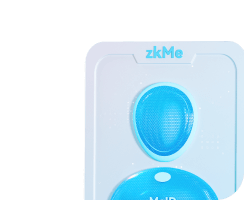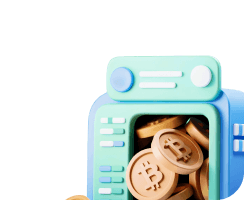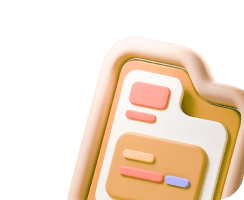Products
Solutions
Resources
About
KYB
Streamline corporate verification for
compliant Web3 partnerships


More Credentials
Ensure compliance and scale faster
Trust Center
Provides resources to ensure security,
privacy, and compliance


For Businesses
Streamline your KYC processes with our secure and decentralized solution. Reduce compliance costs and enhance user experience. Click here to explore our tailored services for businesses.

For Users
Control your digital identity with our decentralized solution. Share selectively, earn rewards, and manage your credentials securely.
KYB
Streamline corporate verification for
compliant Web3 partnerships


More Credentials
Ensure compliance and scale faster
Trust Center
Provides resources to ensure security,
privacy, and compliance

Select Your Account Type






















